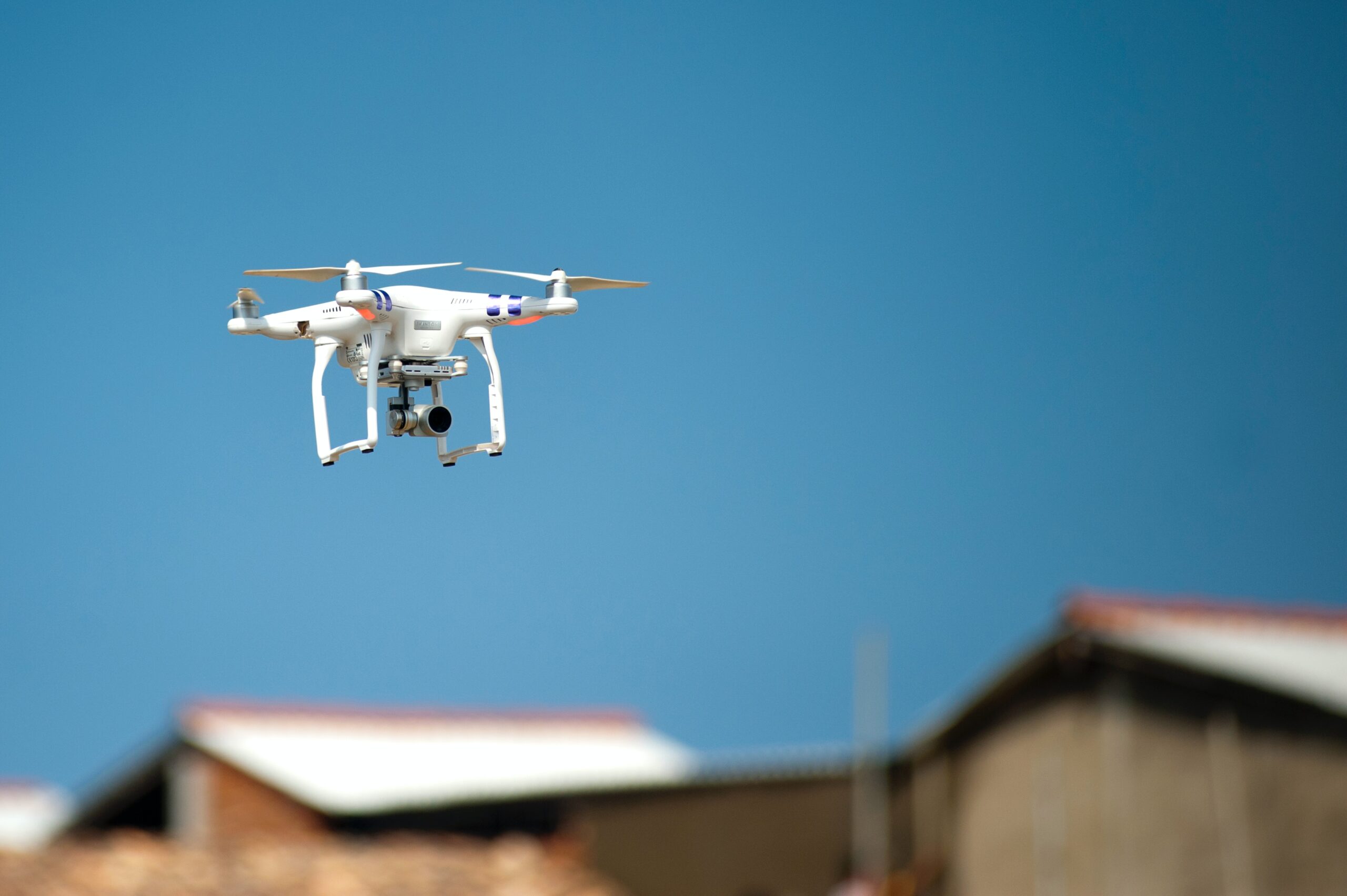Contactless delivery systems boomed during the COVID-19 pandemic since they reduced the risk of transmission when delivering essential supplies like food and medications. Countries like Rwanda and Ghana used drones throughout the pandemic to limit physical contact while delivering medical commodities and COVID-19 supplies to people’s doorsteps.
In the US, companies are also adopting drone delivery services. Drones can help businesses expand their consumer reach, reduce delivery times, and increase revenues. For instance, major retail and pharmacy chains Walmart and Walgreens have partnered with DroneUp and Google’s Wing, respectively, for commercial drone delivery operations.
There’s no doubt that drone deliveries are beneficial for consumers and retailers alike, but new research shows that there’s another upside to them. As it turns out, using drones for small parcels may be more environmentally friendly than a conventional delivery truck or van.
Drones can be greener than vans and trucks for small deliveries
The use of drones for last-mile deliveries—which refers to the final step of the delivery process where the parcel arrives at the customer’s doorstep—may be an effective tool to reduce carbon emissions related to transportation. According to a recent study published in Cell Patterns, using quadcopter drones to deliver small, lightweight packages could reduce energy consumption and greenhouse gas (GHG) emissions by up to 94 and 84 percent, respectively, per package delivered.
To determine the energy consumption of a small drone, the authors developed an energy model based on 188 drone-delivery flights and found that it consumes approximately 0.08 megajoules of energy per kilometer. Afterward, they compared it to the energy consumption and associated carbon emissions of different delivery vehicles, which include diesel vans and trucks, electric vans and trucks, and electric cargo bicycles.
[Related: FedEx is charging up its electric vehicle fleet.]
Based on the study’s findings, only the electric cargo bicycles had a similar or lower carbon footprint per package than the small quadcopter drones. “Our study shows that drones could considerably reduce the energy consumption and GHG emissions of last-mile delivery, helping to mitigate the environmental footprint of the transportation sector,” says Thiago A. Rodrigues, study author and PhD candidate in the Department of Civil and Environmental Engineering at Carnegie Mellon University.
Using energy-efficient vehicles is an important first step for businesses that intend to reduce the carbon emissions of their deliveries, in addition to finding routes where more packages are delivered per mile, he adds.
Earlier this year, the US Postal Service announced that it placed an order for 50,000 Next Generation Delivery Vehicles to replace its fleet of aging delivery trucks. They intended to purchase at least 10,019 battery electric vehicles (BEV), but after facing several lawsuits for their plan to buy mostly gas-powered delivery vehicles, they increased the number of BEVs to 25,000.
Drones can produce even fewer carbon emissions if charged using renewable resources, says Sarah Lyon-Hill, associate director for research development at Virginia Tech Center for Economic and Community Engagement who was not involved in the study. Over time, the carbon emissions of electricity-powered vehicles—drones, vans, trucks, and cargo bicycles—are expected to improve as the electricity grid continues to ge

